Barrette Project: Living Memorial
Honoring Native Women Survivors of Sexual Violence and Creating a Safe Place for our Voices to be Heard and our Stories to be Told
Sexual violence is one of the most undisclosed and unreported crimes in today’s society, especially when committed against Native women and girls. It is painful to acknowledge that as Native women each of us either has experienced or knows someone who has experienced some form of sexual violence such as rape, date rape, incest, harassment, being used in prostitution, trafficking, or pornography, and many other sexually degrading experiences. Historically, our people have endured generations of racism and trauma due to the conquest of our tribal Nations through assimilation policies and rape used as tool of war.
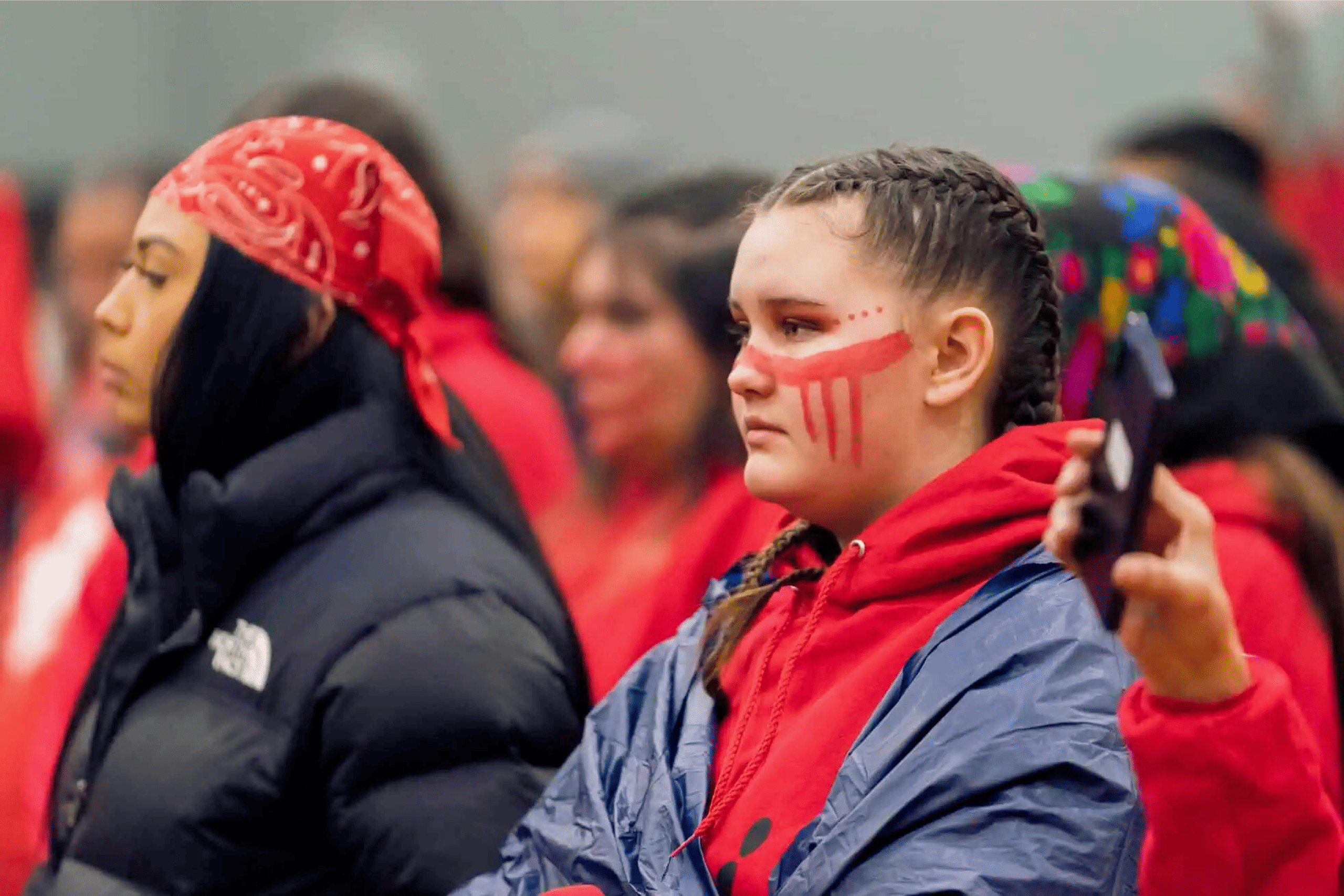
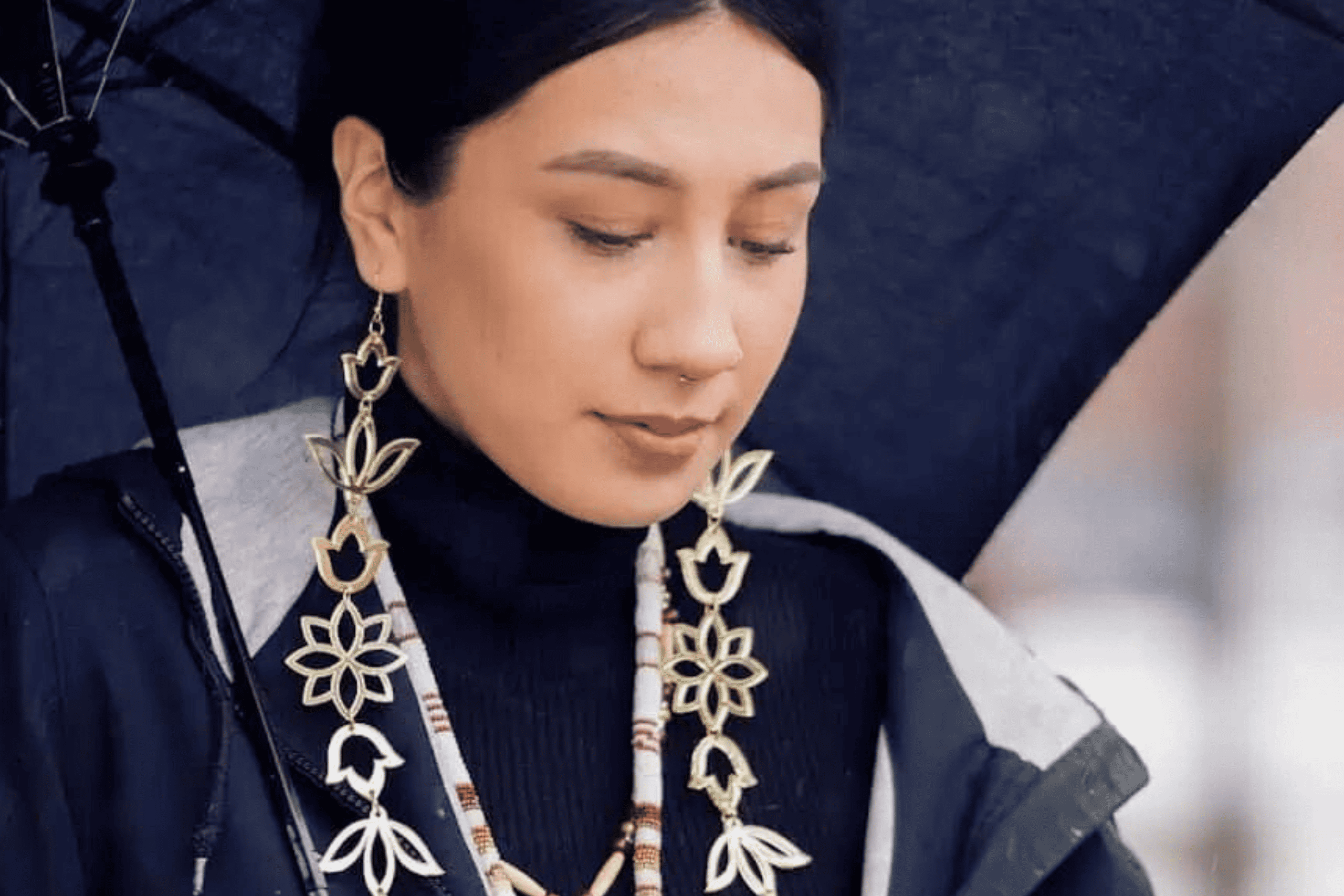
As Native women, we carry this collective experience in our hearts and the weight is heavy. Because these crimes are often undisclosed and unreported, the documented numbers of assaults taking place in our communities are misleading and needed resources are not allocated. Our stories are not told, and our voices are not heard. The invisibility we feel is not just our own, but that of our entire Nation. We will not be invisible any longer.

Your Experience is Valuable
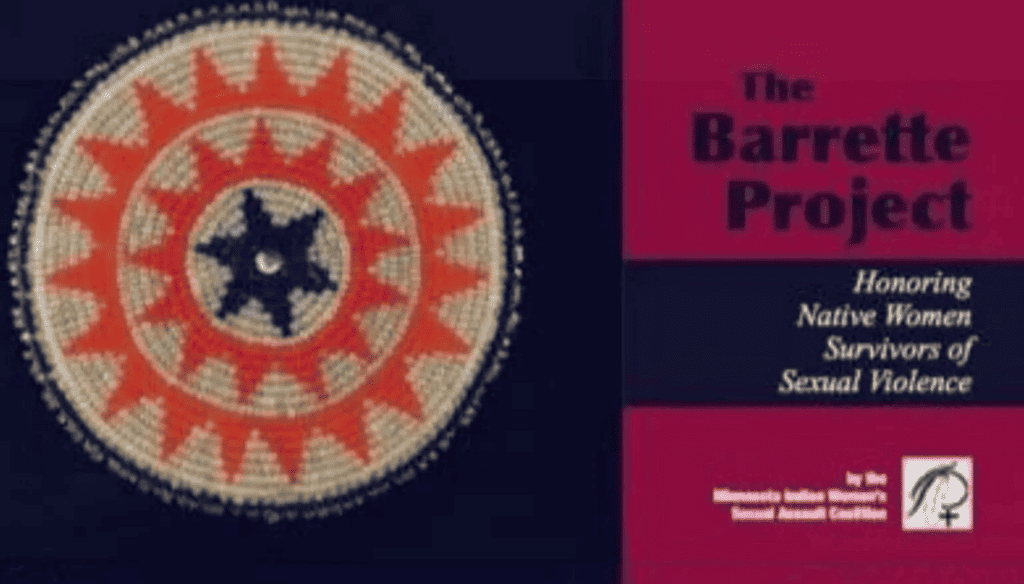
We encourage you to submit your story, or donate a barrette to honor a loved one at any time to our on-going living memorial honoring all of our Native sisters who have experienced sexual violence throughout history. There are no age limits, time limits, or submission limits on the survivor’s stories. Many of us have been victimized as children, and multiple times throughout our lives, and many of us may want to honor several people. We may also want to honor those that have passed on. We have a link to our submission forms and guidelines here. We only ask that you be mindful of the guidelines regarding permission and requests for anonymity.
Please join us in our efforts to restore the sacredness and visibility of women in our communities.
Help honor the stories and the lives of survivors as we stand together to break the silence and say
‘NO MORE!’
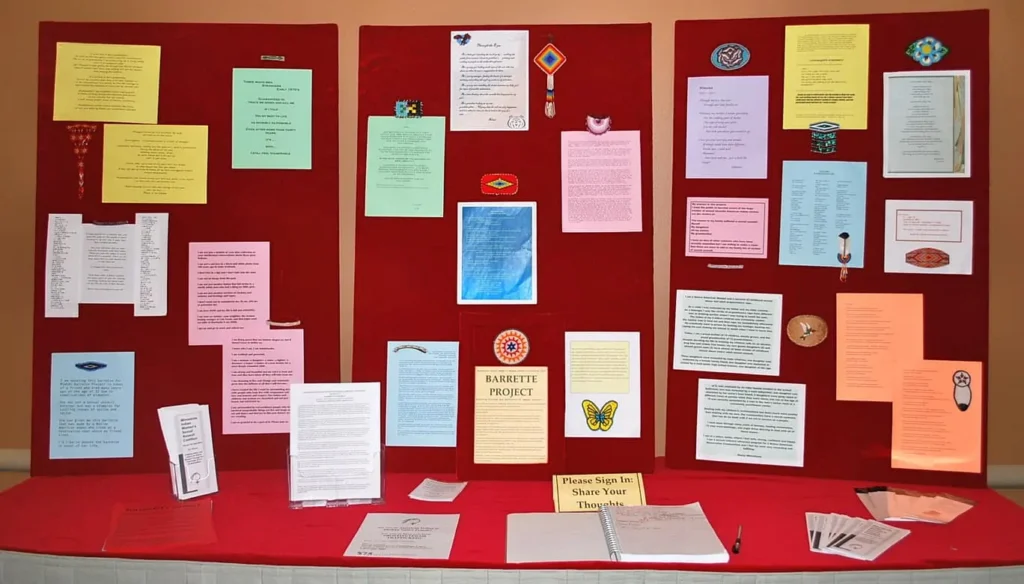
The Barrette Project is a living memorial. It is evidence that we are not invisible. We are still here, we have survived, and we honor each other! Our vision is to continue adding barrettes and stories to the Barrette Project for years to come as we raise awareness, reduce occurrences, and work to end sexual violence in our communities. Also, we encourage women and girls who are not yet ready to disclose their story, to anonymously make or donate barrettes to the project. We honor the courage it takes to make this step.
We utilize beaded barrettes because they represent so much to us as Native women; pride and beauty – a piece of our dance regalia – the love we feel when clipping a barrette in our daughters hair – or fear and helplessness, knowing that the same barrette may have been jerked from her hair as she was being assaulted. It is because we feel that beaded barrettes carry with them this strong symbolism that we wanted to use them as a physical representation of our stories, that we share on our traveling memorial- red, velvet covered boards with the stories and barrettes displayed.
Join the Voices of Survivors
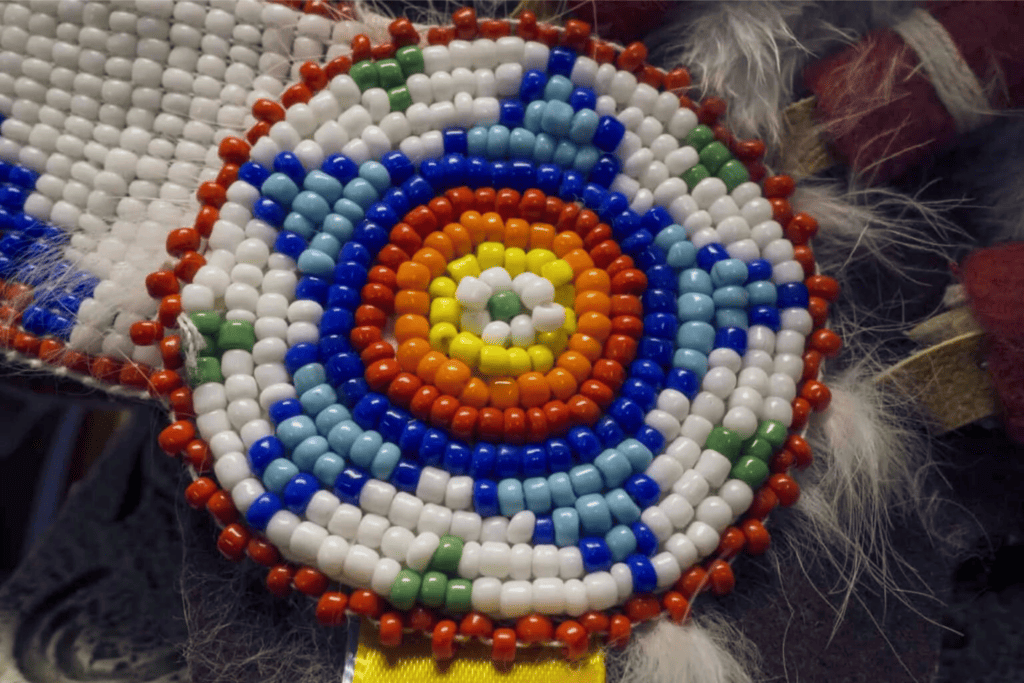
Guidelines
Guideline for submitting a story
- Whenever possible, if you would like to honor a victim of sexual violence talk to the individual, explain the purpose of the Barrette Project and ask permission if you can make or donate a barrette to share and honor their experience. Reassure the individual that any identifying information will not be used in the display. Stress that their story will be displayed alongside a barrette in order to raise awareness about the high incidences of sexual violence.
- Ask permission to use a name. It could be their first name only, or if they prefer – a made-up name.
- Ask permission to include their tribal affiliation.
- Ask permission about what details they feel comfortable sharing.
- Ask permission to use the year the assault occurred.
- If the person you wish to honor doesn’t want any personal information disclosed, ask if you can simply donate a barrette in their honor so our communities will recognize the high rates of sexual violence. Perhaps you could write a free-style poem or, for example, ask if you can simply state, “my sister, friend, etc. is a survivor of rape.”
- Tell the story with respect for the victim, family members, and friends.
- Those donating barrettes and sharing stories should determine if they too would like to remain anonymous of if they would like to be recognized for their contribution. They should carefully consider if the stories they share will jeopardize the safety or anonymity considerations of the person they are honoring.
- If you are a survivor and would like to share your story, carefully consider how much personal information you would like to share. The Barrette Project will be displayed in many public places.
- Each person who donates will be asked to submit a form which will be filed and held confidential at the MIWSAC office in order to maintain the integrity of the research while accounting for the actual number of acts of sexual violence perpetrated against women and girls in our communities.
- The Barrette Project will assist MIWSAC in providing information to tribal leadership and state and federal policy makers as we work for social change to protect Native women and girls.
- Barrettes and stories will become the property of MIWSAC to be used as part of a public awareness campaign.
* Guidelines for displaying barrettes with accompanying stories
A Guardian Barrette will be placed with the display to represent the thousands of sexual assaults against Native women and children throughout time that we don’t have a story for.
Current statistics of sexual assault against Native women and children will be on display to raise public awareness.
All stories will be typewritten by MIWSAC staff, and then laminated. A barrette will be attached to each story.
An archive book will accompany the display, and with permission from the donors, will include the reasons the donor chose to honor this individual and the impact it has had on their life.
An archive book will be provided where people who see the display can share their thoughts or comments.

